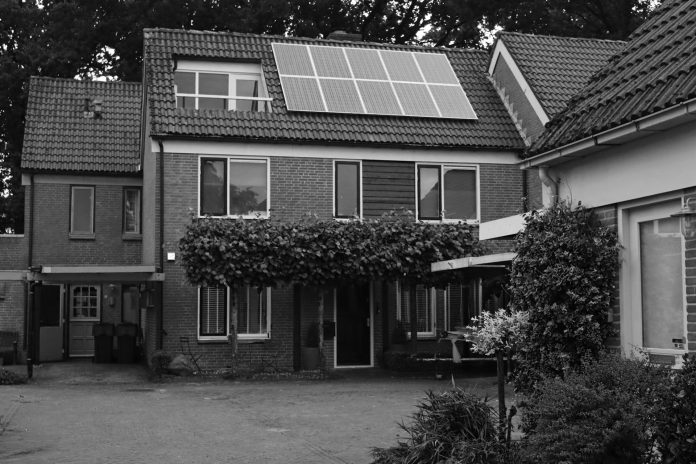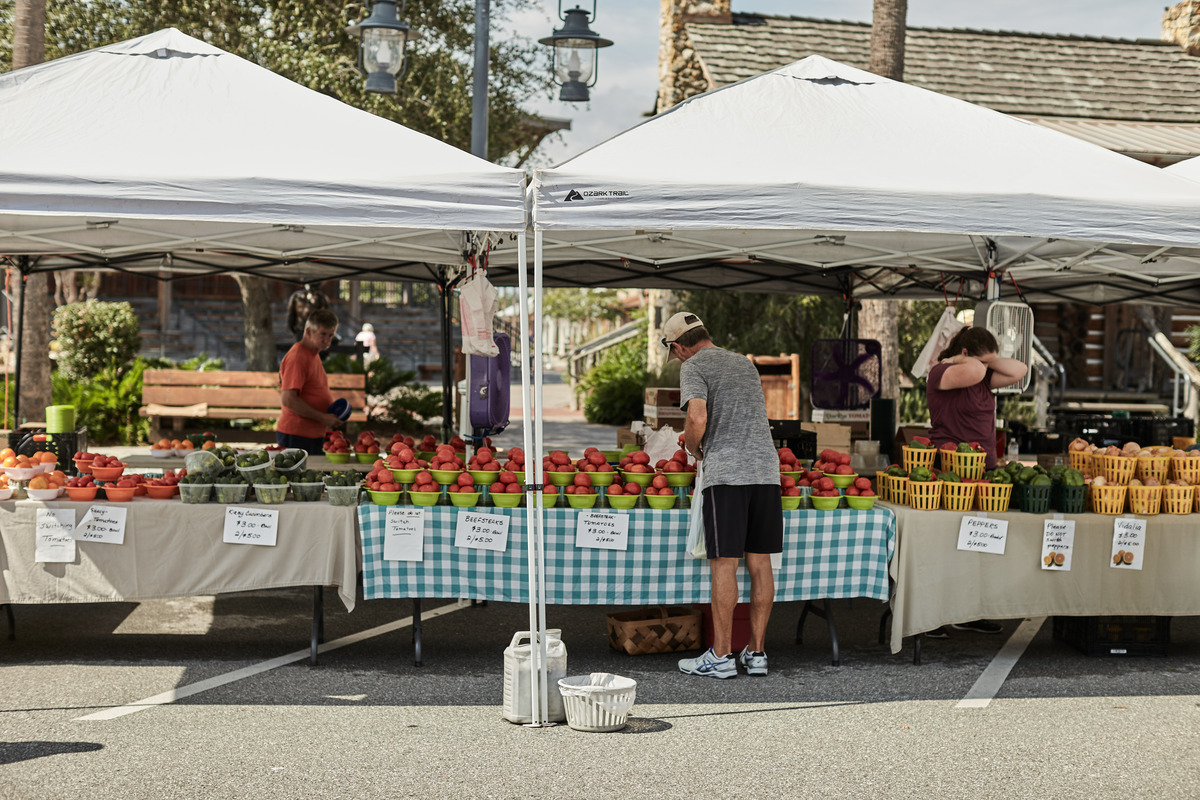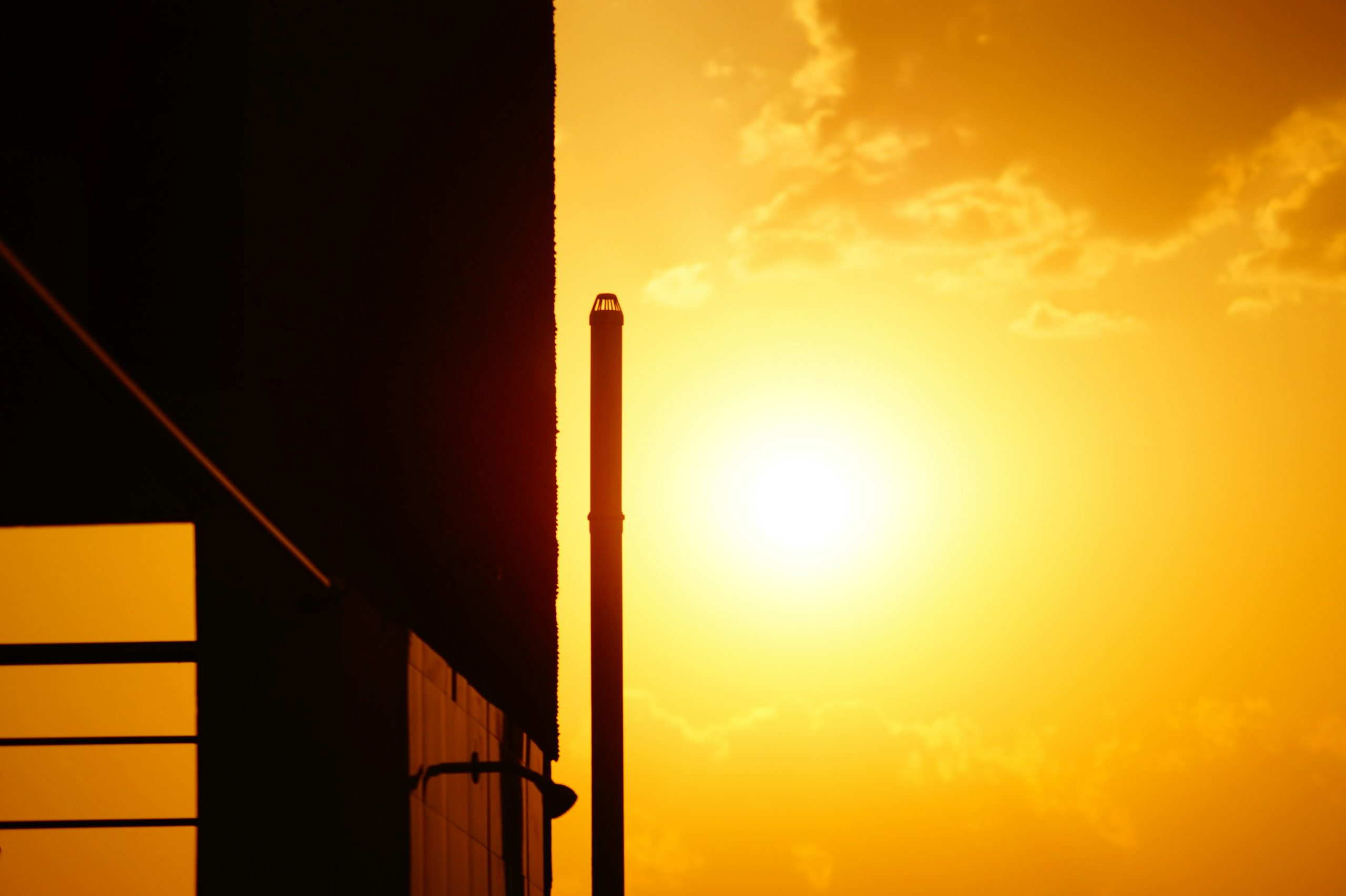Sustainability is a growing priority with eco-friendly building materials being more prevalent and desirable. Insulation is one area where green solutions are making a big impact.
Homeowners and builders increasingly choose spray foam insulation over traditional options like fiberglass and cellulose due to its numerous environmental advantages. Let’s delve into five main ways the insulation types differ.
Reducing Energy Consumption
One of the differences between spray foam and traditional insulation for green home renovation is energy efficiency. Traditional materials like fiberglass often leave gaps where air escapes, leading to significant energy loss. Spray foam insulation, on the other hand, expands to fill every crack and crevice. It creates an airtight seal that improves energy efficiency.
Spray foam insulation lowers your carbon footprint by minimizing energy use for heating and cooling your home. Spray foam also reduces energy costs by lowering your reliance on HVAC systems. For homeowners looking to make their homes more energy-efficient, spray foam plays a key role in energy-efficient home improvements.
Longevity and Durability
Spray foam insulation offers excellent durability compared to other options. After several years, traditional insulation materials often require replacement, but spray foam remains effective for decades. Spray foam’s long lifespan reduces waste and lowers the environmental impact of replacing insulation.
Fiberglass, for example, tends to degrade over time. It settles or absorbs moisture that diminishes its insulating power. Spray foam’s stability provides consistent performance that makes it a more sustainable choice in the long term.
Moisture and Mold Resistance
Older insulation materials like fiberglass often absorb moisture, leading to mold growth. Mold can damage your home and harm indoor air quality, causing health problems for the occupants. Comparing spray foam and traditional insulation in green home renovation also highlights spray foam’s resistance to moisture.
The moisture resistance of spray foam insulation maintains a healthier indoor environment and reduces the need for mold remediation.
Reducing Harmful Chemicals in Disposal
Fiberglass and other traditional insulation materials often release harmful chemicals when damaged or removed. Frequent insulation replacement raises the risk of releasing pollutants into the environment. Spray foam insulation lasts longer and reduces the need for replacement.
Spray foam is a green option where environmental control is crucial, like in basements. It’s particularly beneficial when insulating your finished basement, providing long-term environmental and energy savings. The longer your insulation lasts in these areas, the less you impact the environment with hazardous materials.
After all, your old insulation must go somewhere. Fiberglass and other materials are toxic and need proper removal to avoid exposure to harmful chemicals. Dangerous mold may also grow during the removal of old traditional insulation.
Versatility for Green Renovations
Spray foam insulation is highly versatile and offers several advantages over traditional insulation materials like fiberglass or cellulose. While traditional insulation can be difficult to install in tight or oddly shaped spaces, spray foam expands upon application. It is ideal for reaching difficult areas such as roof corners, attic crevices, and wall cavities.
In contrast, fiberglass must be cut and placed manually. Any minor gaps left behind can compromise the insulation’s performance. Over time, these gaps can widen due to settling, reducing effectiveness.
Overall, spray foam insulation offers many benefits over traditional options. Its versatility and superior performance make it a sustainable option for homeowners looking to reduce their carbon footprint to create a more efficient living space.










